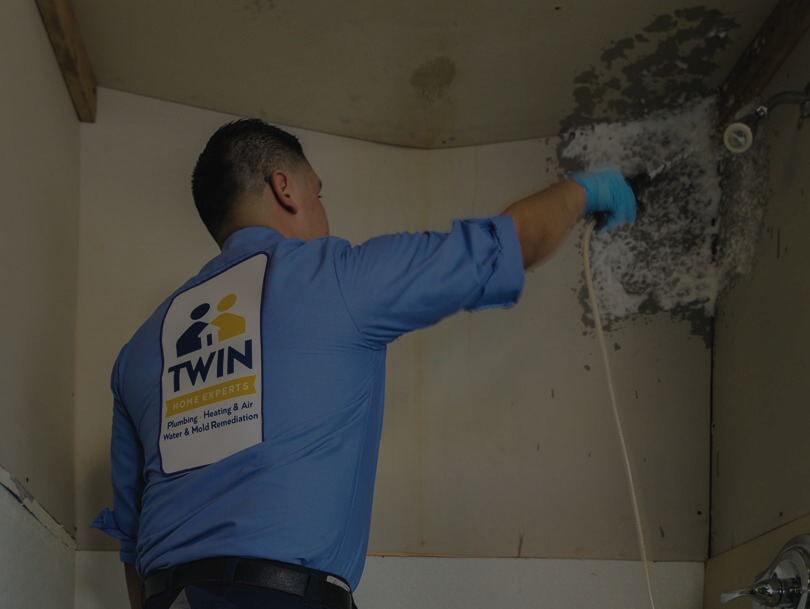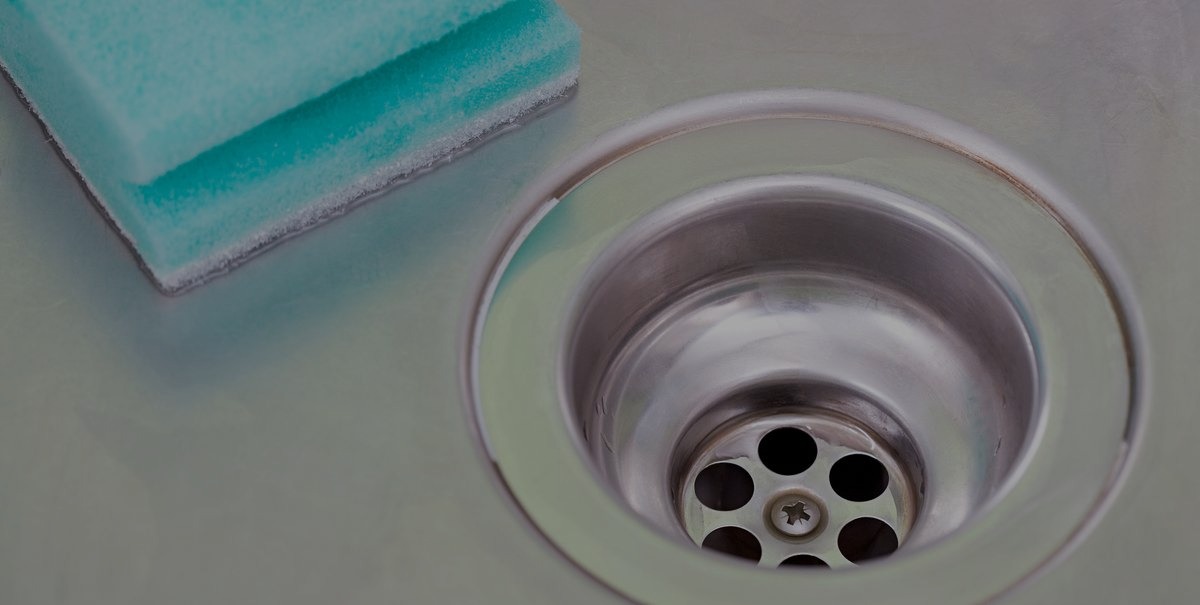We take indoor air quality very seriously. We wanted to share with you a great, informative article from the California Department of Public Health. The post I Have Mold In My Home. Now What? appeared first on Twin Home Experts.
Here at the Twin Home Experts, we take indoor air quality very seriously. We wanted to share with you a great, informative article from the California Department of Public Health. Unlike below, it’s our professional opinion that if you suspect a mold issue, but it’s not visible, performing an air test is a true way of verifying the presence of mold. This option uses a third party accredited mold lab.
What are some signs of mold?
Warped floors and stains on walls and ceilings can be indications of moisture problems. Condensation on windows or walls is also an important sign of excessive dampness and can be caused by external moisture.
However, condensation can be caused by an indoor combustion problem. Therefore, inspect fuel-burning appliances annually, and contact your local utility or a professional heating contractor if you have questions. Knowing the facts about gas appliance safety is incredibly important when owning a home.
Should I be concerned about mold in my home?
Yes. If indoor mold contamination is extensive, it can lead to very high and persistent exposures to airborne spores. Persons exposed to high spore levels can become sensitized and develop allergies to the mold or they may develop other health problems (see below).
Mold growth also can damage your furnishings, such as carpets, chairs and sofas, and cabinets. Clothes and shoes in damp closets can become soiled and start to fall apart. Unchecked, mold growth can seriously damage the structural elements in your home, such as floors, walls, and ceilings.
What is mold?
Mold is simple, microscopic organisms, present virtually everywhere, indoors and outdoors. Molds, along with mushrooms and yeasts, are fungi – and are needed to break down dead plant and animal material and recycle nutrients in the environment.
For molds to grow and reproduce, they need only a food source—any organic matter, such as leaves, wood, or paper—and moisture. Because molds grow by digesting organic material, they gradually destroy whatever they grow on.
Sometimes, new molds even grow on old mold colonies. Mold growth on surfaces can often be seen in the form of discoloration, frequently white, gray, brown, or black but also green and other colors.
How am I exposed to indoor molds?
Molds release countless, tiny spores which travel through the air. Everyone inhales some mold every day without apparent harm. It is common to find mold spores in the air inside homes. In fact, most of the airborne spores found indoors come from outdoor sources. Mold spores primarily cause health problems when they are present in large numbers and exposure is high.
This may occur when there is active mold growth within a home, office, school, or other building in which people live or work for long periods. People also can be exposed to mold by touching contaminated materials and by eating contaminated foods.
Can mold become a problem in my home? Yes.
Molds will grow and multiply whenever conditions are right, that is, when sufficient moisture is available and organic matter is present. Be on the lookout for the following common sources of moisture inside and outside your home that may lead to mold problems:
- Leaky roof
- Sprinkler spray hitting the house
- Plumbing leaks or overflow from sinks or sewers
- Damp basement or crawl space
- Humidifiers or steam from showers or cooking
- Wet clothes hung indoors or a clothes dryer that
- Exhausts indoors
Molds produce health effects such as inflammation, allergies, or infections. Allergic reactions (often referred to as hay fever) are the most common responses following mold exposure. Known health risks from mold exposure include: the development of asthma, allergies, and respiratory infections; the triggering of asthma attacks; and increased wheezing, coughing, difficulty breathing, and other symptoms.
In addition, the evidence is accumulating that the more extensive, widespread, or severe the water damage, dampness, visible mold, or mold odor, the greater the health risks. CDPH has released a statement on building dampness, mold, and health that summarizes the evidence-based health risks from indoor dampness and mold.
How much mold can make me sick?
It really depends on the person and conditions. For some people, a relatively small number of mold spores can trigger an asthma attack or lead to other health problems. For other persons, symptoms may occur only when exposure levels are much higher.
Nonetheless, indoor mold growth is unsanitary and undesirable. Basically, if you can see or smell mold, identify and eliminate excess moisture, and then clean up and remove the mold (see below). Anyone with a health problem they believe to be due to mold should consult a medical professional.
Are some molds more hazardous than others?
Perhaps. Allergic persons vary in their sensitivities to mold, both as to the amount and the types to which they react. In addition to their allergic properties, certain types of molds (such as Stachybotrys Chartarum) may produce compounds with toxic properties known as mycotoxins.
A mold may not always produce mycotoxins, depending on the material on which it is growing, the indoor temperature or humidity, the pH of the material, or other, as yet unknown, factors. When produced, micro- toxins may be present in both living and dead spores as well as materials that were contaminated with mold.
A wet layer encloses Stachybotrys chartarum spores while they are growing, preventing them from readily becoming air- borne. However, when the mold dries up, air currents or physical handling can release spores into the air. At present there is no environmental test to determine whether Stachybotrys chartarum found in buildings is producing toxins, nor can blood or urine tests establish that an individual has been exposed to S. chartarum spores or toxins.
Additional fact sheets on mold and health effects, including specifically Stachybotrys, are available from the CDPH Environmental Health Investigations Branch website.
Mold detection
How can I tell if I have mold in my house?
You may suspect that you have mold if you see discolored patches or cottony or speckled growth on walls or furniture or if you smell an earthy or musty odor. You also may suspect mold contamination if mold-allergic individuals experience some of the symptoms listed above when in the house.
Evidence of past or ongoing water damage also should trigger a more thorough inspection for damp conditions. You may find mold growth underneath water- damaged surfaces (for example, wallpaper) or behind walls, floors, or ceilings.
Should I test my home for mold?
There is a consensus among scientists and medical experts that the traditional methods used to identify increased mold exposure do not reliably predict increased health risks. Therefore, CDPH recommends against measuring indoor microorganisms or using the presence of specific microorganisms to determine the level of health hazard or the need for urgent remediation.
Reliable air sampling for mold can be expensive and requires expertise and equipment that is not available to the general public. Private home and apartment owners generally will need to hire a contractor, because insurance companies and public agencies seldom provide this service.
Mold inspection and cleanup usually are considered a housekeeping task that is the responsibility of a home- owner or landlord, as are roof and plumbing repairs, house cleaning, and yard maintenance. The simplest way to deal with a suspicion of mold contamination is to contact a trust mold remediation removal service as soon as possible.
The post Mold Inspection In Los Angeles Homes: Our Top 10 Tips appeared first on Twin Home Experts.







